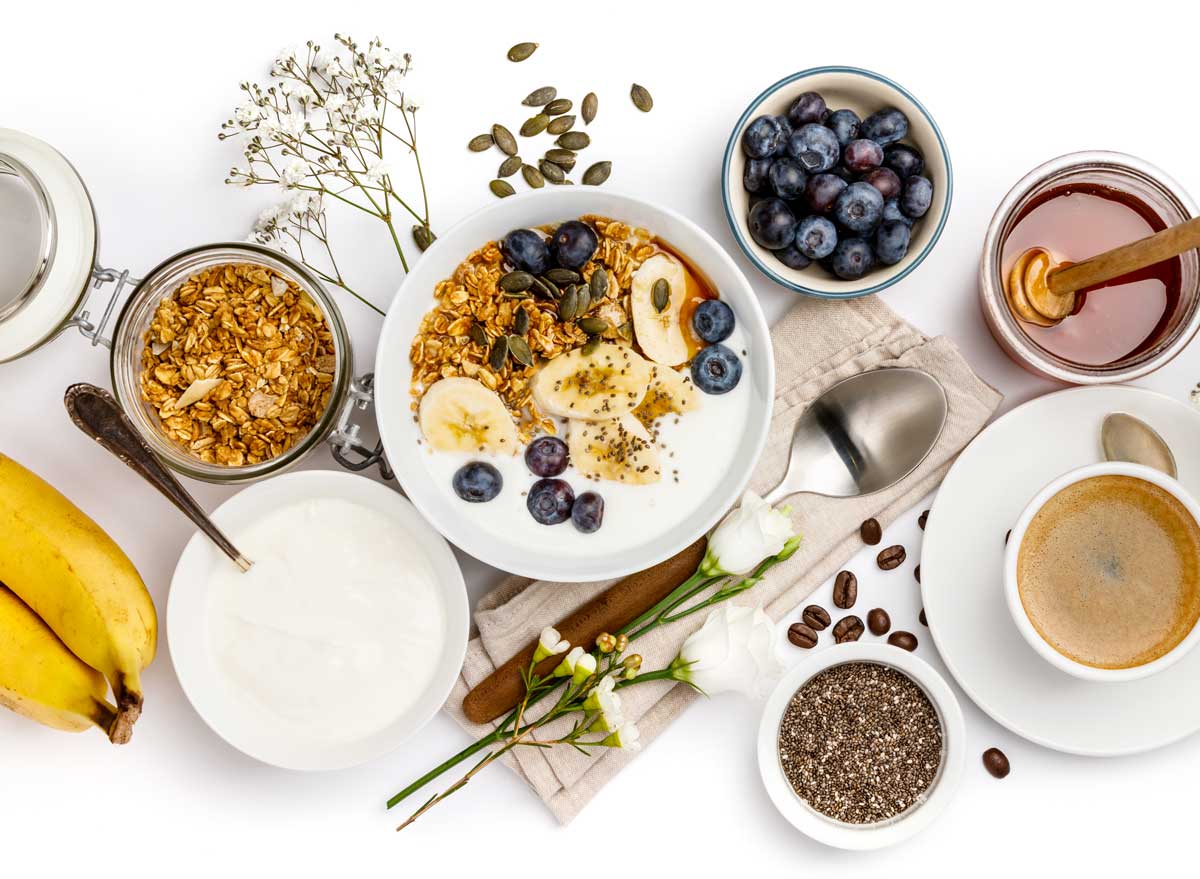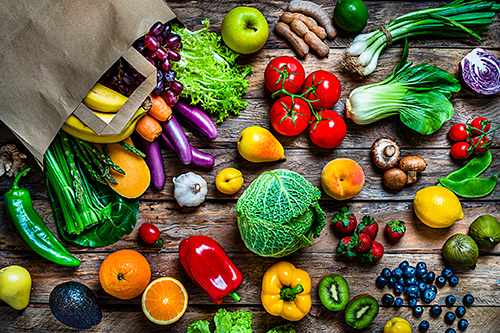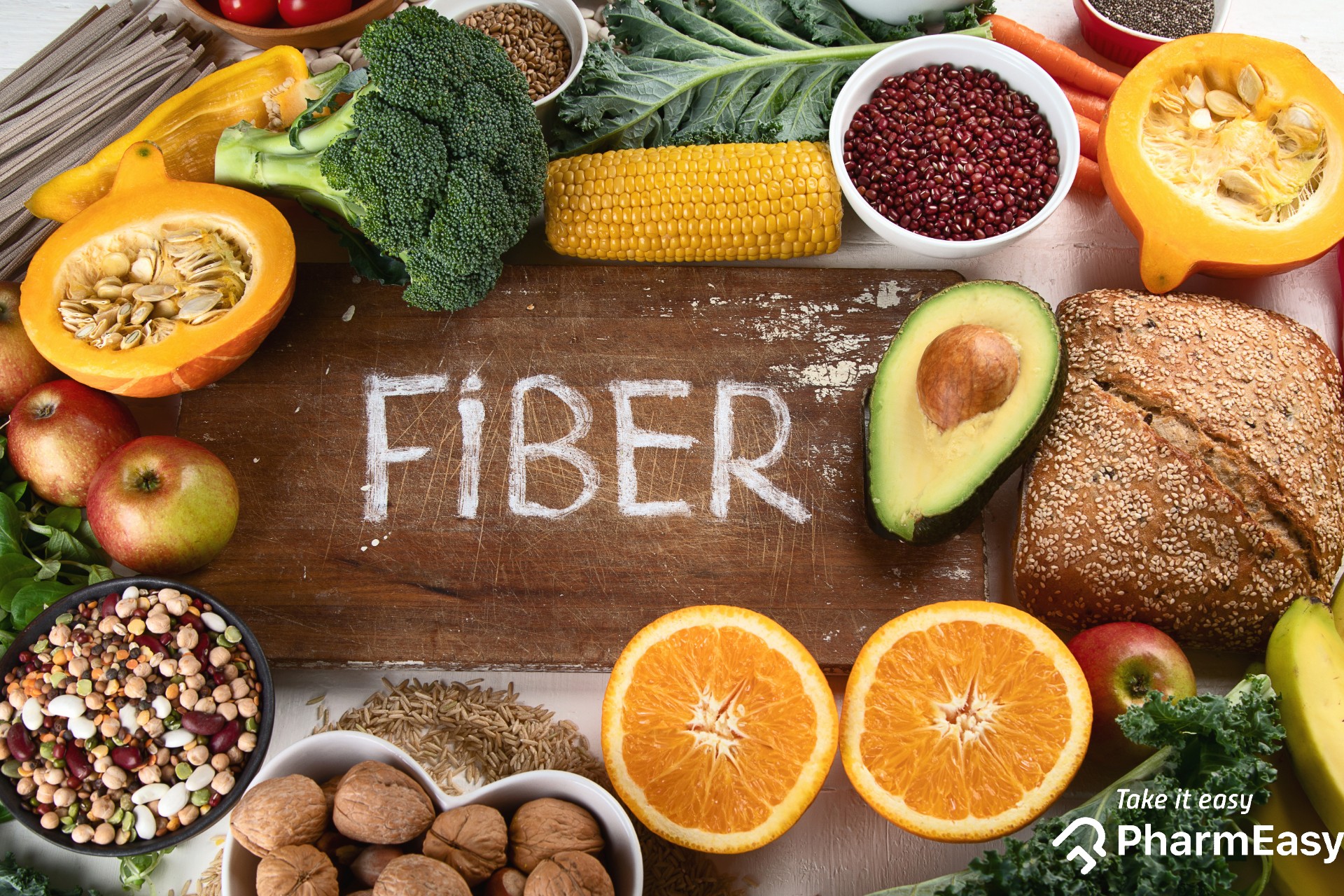7 Healthy Breakfast Tips for a Nutritious Start to Your Day
 |
| 7 Tips for a Nutritious Breakfast every day, Healthnews // Eat this, Not that |
Elevate Your Morning Routine with These Simple and Effective Breakfast Tips
Healthnews: Breakfast is often called the most important meal of the day, and for a good reason. It provides you with the necessary energy to start your day, improves your mood, and helps you maintain a healthy weight. However, not all breakfasts are created equal. A balanced and healthy breakfast can be a key factor in maintaining a healthy diet. In this article, we will discuss seven healthy breakfast tips that are suitable for your diet.
Boost Your Health with 7 Nutritious Breakfast Tips
Fiber-rich foods are an essential component of a healthy breakfast. Dietary fiber is a type of carbohydrate that is not digested by the body but passes through the digestive system intact, adding bulk to stools and aiding in regular bowel movements. Fiber also helps keep you feeling full, reduces the absorption of cholesterol and fats, and may help prevent chronic diseases like heart disease and type 2 diabetes.
Here are some fiber-rich foods that you can include in your breakfast:
- Whole-grain cereals: Look for cereals that are high in fiber and low in sugar. Examples include oatmeal, bran flakes, and shredded wheat.
- Whole-grain bread: Opt for bread made from whole grains like whole wheat, rye, or spelt. These types of bread are higher in fiber than white bread.
- Fruits: Many fruits are excellent sources of fiber, such as berries, apples, pears, and bananas. You can add these to your cereal or oatmeal, or eat them on their own.
- Vegetables: Vegetables like spinach, kale, and broccoli are high in fiber and can be added to an omelet or breakfast burrito.
- Nuts and seeds: Nuts and seeds are high in fiber, healthy fats, and protein. Try adding some almonds, chia seeds, or flaxseeds to your oatmeal or yogurt.
- Legumes: Legumes like lentils, chickpeas, and black beans are a good source of fiber and can be added to a breakfast burrito or omelet.
- Smoothies: Smoothies made with fruits, vegetables, and Greek yogurt or protein powder can be a convenient and delicious way to get more fiber in your breakfast.
Adding fiber-rich foods to your breakfast can help you feel fuller for longer, improve digestion, and support overall health. Aim for at least 25-30 grams of fiber per day from a variety of sources.
Including protein in your breakfast can help you feel full and satisfied throughout the morning, and can also help support muscle maintenance and repair. Here are some protein-rich foods to include in your breakfast:
- Eggs: Eggs are a great source of high-quality protein and can be cooked in a variety of ways, such as scrambled, boiled, or in an omelet.
- Greek yogurt: Greek yogurt is a thicker and creamier type of yogurt that is higher in protein than regular yogurt. You can add fruit, nuts, or granola for added flavor and texture.
- Nuts and nut butter: Nuts like almonds, walnuts, and cashews are high in protein and healthy fats. Nut butter like peanut butter or almond butter can be spread on toast or added to smoothies for a protein boost.
- Tofu: Tofu is a vegetarian source of protein that can be scrambled, fried, or added to smoothies for a protein boost.
- Protein powder: Adding a scoop of protein powder to your smoothie or oatmeal can help increase your protein intake.
- Cottage cheese: Cottage cheese is a high-protein dairy product that can be eaten on its own or mixed with fruit for added flavor.
- Lean meats: If you eat meat, lean sources like turkey bacon, turkey sausage, or chicken breast can provide a good source of protein for breakfast.
Adding protein to your breakfast can help you feel full and satisfied, support muscle health, and can help regulate blood sugar levels. Aim for at least 15-20 grams of protein per meal for optimal health benefits.
 |
| 7 Tips for a Nutritious Breakfast every day // CDC |
Don't skip fruits and vegetables
Incorporating fruits and vegetables into your breakfast can provide important vitamins, minerals, and fiber to support overall health. Here are some ways to add fruits and vegetables to your breakfast:
- Smoothies: Smoothies made with fruits and vegetables like spinach, kale, berries, or bananas can be a delicious and convenient way to get in your daily servings.
- Omelets or frittatas: Add vegetables like spinach, tomatoes, onions, or bell peppers to your omelet or frittata for added flavor and nutrition.
- Breakfast burritos: Wrap scrambled eggs with sautéed vegetables like mushrooms, zucchini, or sweet potato in a whole-grain tortilla for a filling and nutritious breakfast.
- Fruit salads: Cut up a variety of fresh fruits like strawberries, blueberries, kiwi, or mango and mix them together for a colorful and refreshing breakfast.
- Oatmeal or yogurt bowls: Top your oatmeal or yogurt with fresh or frozen fruit for added flavor and nutrition.
- Veggie-packed toast: Top whole-grain toast with avocado, tomato slices, and arugula for a nutrient-dense breakfast.
- Smoothie bowls: Blend frozen fruit, spinach or kale, and protein powder together to create a thick and creamy smoothie bowl, then top with granola, nuts, and seeds for added crunch and nutrition.
Fruits and vegetables into your breakfast can help provide important nutrients and fiber to support overall health. Aim for at least 2-3 servings of fruits and vegetables at breakfast to meet your daily needs.
R E A D :
- 12 Proven Ways to Crush High Cholesterol and Boost Heart Health
- 10 Minute Weight Loss Hacks Quick and Easy Strategies for Beginners
- 10 Shocking Diet Hacks for Rapid Weight Loss Experts Reveal the Top Secrets
- Finding the Best Diet for You Exploring Different Types of Diets and Their Benefits
- Eating Habits to Avoid for Heart Health
Avoid sugary cereals and pastries
While sugary cereals and pastries may be tempting for breakfast, they are often high in added sugars and low in nutrients. Consuming too much added sugar can increase your risk for obesity, type 2 diabetes, and heart disease. Here are some alternatives to sugary cereals and pastries:
- Whole-grain cereals: Look for cereals that are high in fiber and low in sugar. Examples include oatmeal, bran flakes, and shredded wheat.
- Yogurt: Choose plain, unsweetened yogurt and add your own fruit, nuts, and seeds for added flavor and nutrition.
- Fruit: Fresh or frozen fruit can be a nutritious and satisfying addition to your breakfast. Try adding berries, sliced bananas, or diced mango to your cereal or oatmeal.
- Whole-grain bread: Opt for bread made from whole grains like whole wheat, rye, or spelt. These types of bread are higher in fiber than white bread and can be toasted and topped with nut butter, avocado, or eggs.
- Breakfast burritos: Wrap scrambled eggs with sautéed vegetables and whole-grain tortillas for a filling and nutritious breakfast.
- Smoothies: Smoothies made with fruits, vegetables, and Greek yogurt or protein powder can be a convenient and delicious way to start your day.
- Avocado toast: Top whole-grain toast with mashed avocado, a sprinkle of salt and pepper, and a poached egg for a nutrient-dense breakfast.
Avoiding sugary cereals and pastries can help reduce your intake of added sugars and improve overall health. Instead, choose nutrient-dense foods that provide sustained energy and nutrition to support your health and well-being.
Watch your portion sizes
Portion sizes can play a significant role in your overall calorie intake and weight management. It's important to be mindful of how much you're consuming, even when it comes to healthy foods. Here are some tips for watching your portion sizes at breakfast:
- Use measuring cups and spoons: Use measuring cups and spoons to portion out your food, especially when it comes to cereal, granola, or nut butter.
- Read labels: Pay attention to the serving size and number of servings per container on food labels to help you make informed decisions about how much to eat.
- Start small: Start with a smaller portion and listen to your body's hunger and fullness cues before going back for seconds.
- Use smaller plates and bowls: Using smaller plates and bowls can help visually trick your brain into feeling more satisfied with a smaller portion size.
- Be mindful: Pay attention to your food and avoid distractions like phones or TV while eating. This can help you tune into your body's signals and avoid overeating.
- Pack leftovers: If you're eating breakfast on the go or at work, pack leftovers from dinner the night before in a portion-controlled container.
- Don't skip meals: Skipping meals can lead to overeating later in the day, so be sure to eat a balanced breakfast and plan meals and snacks throughout the day to prevent excessive hunger.
Being mindful of your portion sizes can help you maintain a healthy weight and prevent overeating. Use measuring tools, read labels, start small, use smaller plates and bowls, be mindful, pack leftovers, and avoid skipping meals to help control your portions at breakfast.
Plan ahead
Planning ahead can be an effective strategy for making healthy choices at breakfast. Here are some tips for planning ahead:
- Meal prep: Plan and prepare your breakfast meals in advance, such as overnight oats or frittatas. This can save time and ensure that you have healthy options on hand.
- Make a grocery list: Before heading to the grocery store, make a list of healthy breakfast items to purchase. This can help you avoid impulse purchases of unhealthy items.
- Keep healthy options on hand: Stock your pantry and refrigerator with healthy breakfast options like whole-grain cereal, Greek yogurt, eggs, fresh or frozen fruit, and vegetables.
- Pack a breakfast to go: If you're short on time in the morning, pack a healthy breakfast to take with you, such as a breakfast burrito or a smoothie.
- Schedule breakfast into your day: Set aside time for breakfast in your daily schedule to ensure that you don't skip this important meal.
- Try new recipes: Keep your breakfast routine interesting by trying new recipes and experimenting with different flavor combinations.
- Seek support: Join a healthy eating group or partner up with a friend to hold each other accountable and stay motivated.
Planning ahead can help you make healthy choices at breakfast and set a positive tone for the rest of your day. By meal prepping, making a grocery list, keeping healthy options on hand, packing breakfast to go, scheduling breakfast into your day, trying new recipes, and seeking support, you can make breakfast a priority and support your overall health and well-being.
 |
| 7 Tips for a Nutritious Breakfast every day // Mashed |
Experiment with new recipes
Trying new recipes can be a fun and creative way to keep your breakfast routine interesting and nutritious. Here are some tips for experimenting with new recipes:
- Browse recipe websites and cookbooks: Look for healthy breakfast recipes on websites like EatingWell or in cookbooks focused on healthy eating.
- Try new ingredients: Experiment with new ingredients that you may not have tried before, like chia seeds, hemp hearts, or quinoa.
- Make substitutions: Swap out less healthy ingredients for healthier ones, like using Greek yogurt instead of sour cream in a breakfast burrito.
- Get inspired by other cultures: Explore breakfast recipes from other cultures and try incorporating different flavor profiles into your meals, like Middle Eastern Shakshuka or Japanese breakfast bowls.
- Have fun with presentation: Try arranging your food in creative ways, like making a fruit parfait or creating a colorful breakfast smoothie bowl.
- Ask for recommendations: Ask friends or family members for their favorite healthy breakfast recipes or share your own with them.
- Keep it simple: Not every meal needs to be complicated. Simple breakfast options like scrambled eggs or a fruit and yogurt parfait can still be delicious and nutritious.
Experimenting with new recipes can help keep your breakfast routine interesting and ensure that you're getting a variety of nutrients in your diet. Try browsing recipe websites and cookbooks, trying new ingredients, making substitutions, getting inspired by other cultures, having fun with presentation, asking for recommendations, and keeping it simple to keep your breakfasts delicious and nutritious.
* Breakfast is an essential meal that can set the tone for the rest of your day. By following these 7 healthy breakfast tips, you can ensure that your breakfast is nutritious and supports your overall health and well-being.
Including fiber-rich foods, adding protein, incorporating fruits and vegetables, avoiding sugary cereals and pastries, watching your portion sizes, planning ahead, and experimenting with new recipes are all effective strategies for making healthy choices at breakfast.
By making breakfast a priority and incorporating these tips into your routine, you can start your day on a positive note and set yourself up for success in all aspects of your life.


No comments:
Post a Comment